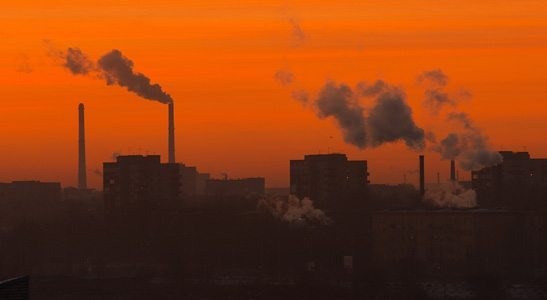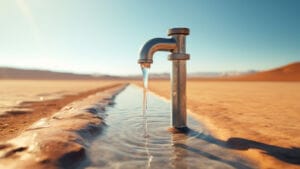Did you know 13 million deaths could be prevented every year by making our environment healthier? The fact is, public health is intricately connected to our environment regardless of where we live. This link between health and the environment has increasingly become a focal point for the medical community, policymakers and the general public. Some of the foremost factors are air pollution and exposure to pests and chemicals, which can have a significant impact on not only our health but also our quality of life.
The EPA considers indoor air quality one of the top five environmental risks to public health. It is a serious health issue for people who work inside, and furthermore, Americans spend 90 percent of their lives indoors.
Air quality is closely linked to chronic obstructive pulmonary disease, the fourth leading cause of death in the U.S. and the leading cause of hospitalization in adults, and it can also contribute to asthma and cardiovascular diseases.
Did you know the main reason for school absenteeism is asthma? It accounts for more than 12.8 million missed school days in a single academic year, and every day, nearly 40,000 people miss school or work due to this chronic disease.
The annual cost of asthma is estimated at nearly $18 billion in direct and indirect costs, such as hospitalizations and lost earnings, according to the Asthma and Allergy Foundation. Household pests also contribute to health problems with German cockroaches and dust mites a key risk factor for asthma development and exacerbation of asthma symptoms.
Green building emphasizes ventilation and non-toxic, low-emitting materials that create healthier and more comfortable living and working environments. The built environment has also recently been recognized as an important potential contributor to reduced levels of physical activity. An important element of sustainable design is the preservation of natural environments that afford a variety of recreation and exercise opportunities. Green buildings also seek to facilitate alternatives to driving, such as bicycling and public transport, which eases local traffic while encouraging personal health and fitness.
An interactive panel of local healthcare experts discuss the impact of the environment on our health at Valley Forward’s Quarterly Luncheon on Tuesday, April 3 at the Hyatt Regency Phoenix.
Dawn Gouge, Ph.D., entomologist specialist at University of Arizona, will talk about how public health is affected by pests and pesticides, including the rising bed bug crisis our nation is facing. In addition, Fred Karnas, Ph.D., president and CEO of St. Luke’s Health Initiatives, will spotlight health impacts in relation to the built environment and what constitutes livable, walkable communities. The program will be moderated by Bob England, M.D., director of the Maricopa County Department of Public Health.




